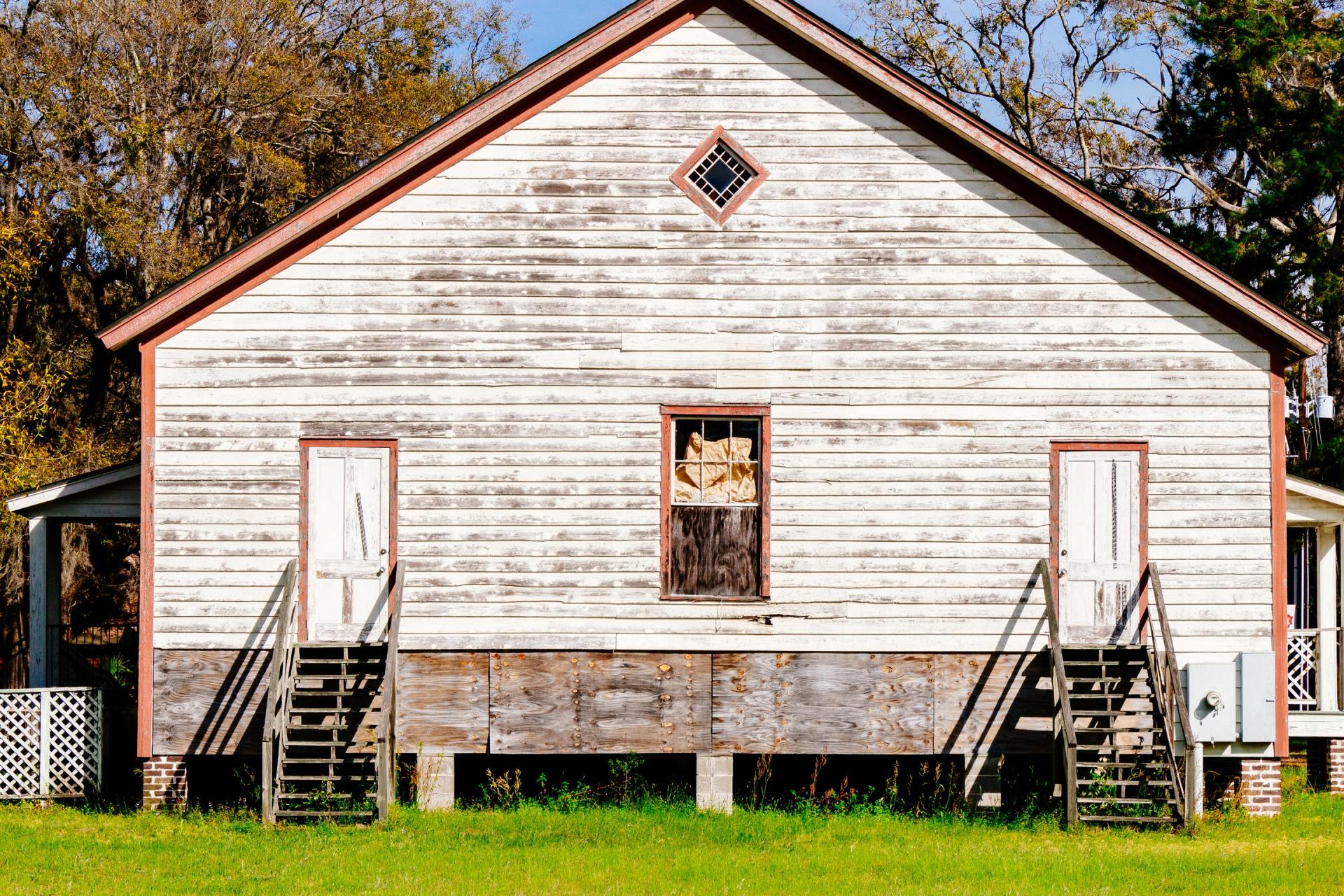Foundation Inspection
Foundation Performance
For many, a foundation inspection is the most important part of a complete home inspection. One of the biggest misconceptions people have about a foundation is that foundations are level, and if there are interior and/or exterior wall cracks then the foundation must need leveling. In my opinion as a professional inspector with 28 years of experience, no foundation is level, whether the concrete was poured yesterday or is supporting a pre-owned building. Levelness is not as important as foundation performance.
So what is foundation performance? A foundation will move over some time, as it should. Foundations are designed and constructed for movement, but that movement should not be severe enough to affect the usability of the supported structure. This means you should not feel like you are walking up or down hill; have doors or window frames that are not square or bind when closing or opening. While wall cracks could be related to foundation movement, cracks could also be structural framing related. With 2-story structures, if you feel unevenness of the upstairs floor along with door binding but do not observe the same conditions downstairs, this would be evidence of deflection or movement with the 2nd floor elevation structure, not the foundation.
So how do I inspect a foundation? I use my 28 years of experience as a professional inspector to observe foundation performance; inspect and observe visible framing, wall coverings, ceiling boards, floor coverings, doors and windows; while operating doors and windows. When necessary, I will use a Smart Level to perform a Foundation Elevation Survey (FES). Taking my time to be detailed and thorough during the inspection to render an opinion of the foundation performance, so you can make an informed decision on the property purchase.
Purchasing a home with a pier and beam foundation?
Purchasing a home with a pier and beam foundation? You should want to hire an inspector that will enter the crawl space. Clearance in the under-floor area should be a minimum of 18 inches, but many older homes with pier and beam foundations have inadequate clearance beneath the building. However, I do make every effort possible without putting myself in harms way of entering and inspecting the crawl space area to provide you a more thorough property inspection.
Whether you are purchasing or selling your home, a complete Property Inspection will meet or exceed the Texas Real Estate Commission (TREC) Standards of Practice §535.227-535.233 and include:
§535.228 Standards of Practice: Minimum Inspection Requirements for Structural Systems
Foundation
The inspector shall:
- render a written opinion as to the performance of the foundation; and
- generally report present and visible indications used to render the opinion of adverse performance
- report as Deficient:
- deteriorated materials;
- deficiencies in foundation components such as; beams, joists, bridging, blocking, piers, posts, pilings, columns, sills or subfloor;
- deficiencies in retaining walls related to foundation performance;
- exposed or damaged reinforcement;
- crawl space ventilation that is not performing; and
- crawl space drainage that is not performing.
The inspector is not required to:
- enter a crawl space or any area where headroom is less than 18 inches or the access opening is less than 24 inches wide and 18 inches high;
- provide an exhaustive list of indicators of possible adverse performance; or
- inspect retaining walls not related to foundation performance.
Grading and Drainage
The inspector shall report as Deficient:
- drainage around the foundation that is not performing;
- deficiencies in grade levels around the foundation; and
- deficiencies in installed gutter and downspout systems.
The inspector is not required to:
- inspect flatwork or detention/retention ponds (except as related to slope and drainage);
- determine area hydrology or the presence of underground water; or
- determine the efficiency or performance of underground or surface drainage systems.
Interior walls, ceilings, floors, and doors
The inspector shall:
- report evidence of water penetration;
- report as Deficient:
- deficiencies in the condition and performance of doors and hardware;
- deficiencies related to structural performance or water penetration; and
- the absence of or deficiencies in fire separation between the garage and the living space and between the garage and its attic.
The inspector is not required to:
- report cosmetic damage or the condition of floor, wall, or ceiling coverings; paints, stains, or other surface coatings; cabinets; or countertops, or
- provide an exhaustive list of locations of deficiencies and water penetrations.
Exterior walls, doors, and windows
The inspector shall:
- report evidence of water penetration;
- report as Deficient:
- the absence of performing emergency escape and rescue openings in all sleeping rooms;
- a solid wood door less than 1-3/8 inches in thickness, a solid or honeycomb core steel door less than 1-3/8 inches thick, or a 20-minute fire-rated door between the residence and an attached garage;
- missing or damaged screens;
- deficiencies related to structural performance or water penetration;
- deficiencies in:
- weather stripping, gaskets or other air barrier materials;
- claddings;
- water resistant materials and coatings;
- flashing details and terminations;
- the condition and performance of exterior doors, garage doors and hardware; and
- the condition and performance of windows and components.
The inspector is not required to:
- report the condition of awnings, blinds, shutters, security devices, or other non-structural systems;
- determine the cosmetic condition of paints, stains, or other surface coatings; or
- operate a lock if the key is not available.
- provide an exhaustive list of locations of deficiencies and water penetrations.
Exterior and interior glazing
The inspector shall report as Deficient:
- insulated windows that are obviously fogged or display other evidence of broken seals;
- deficiencies in glazing, weather stripping and glazing compound in windows and doors; and
- the absence of safety glass in hazardous locations
The inspector is not required to:
- exhaustively inspect insulated windows for evidence of broken seals;
- exhaustively inspect glazing for identifying labels; or
- identify specific locations of damage.
Interior and exterior stairways
The inspector shall report as Deficient:
- spacing between intermediate balusters, spindles, or rails for steps, stairways, guards, and railings that permit passage of an object greater than 4 inches in diameter, except that on the open side of the staircase treads, spheres less than 4-3/8 inches in diameter may pass through the guard rail balusters or spindles; and
- deficiencies in steps, stairways, landings, guardrails, and handrails.the absence of safety glass in hazardous locations
The inspector is not required to exhaustively measure every stairway component.
Fireplaces and chimneys
The inspector shall report as Deficient:
- built-up creosote in accessible areas of the firebox and flue;
- the presence of combustible materials in near proximity to the firebox opening;
- the absence of fireblocking at the attic penetration of the chimney flue, where accessible; and
- deficiencies in the:
- damper;
- lintel, hearth, hearth extension, and firebox;
- gas valve and location;
- circulating fan;
- combustion air vents; and
- chimney structure, termination, coping, crown, caps, and spark arrestor.
The inspector is not required to:
- verify the integrity of the flue;
- perform a chimney smoke test; or
- determine the adequacy of the draft.
Porches, Balconies, Decks, and Carports
The inspector shall:
- inspect:
- attached balconies, carports, and porches;
- abutting porches, decks, and balconies that are used for ingress and egress; and
- report as Deficient:
- on decks 30 inches or higher above the adjacent grade, spacings between intermediate balusters, spindles, or rails that permit passage of an object greater than four inches in diameter; and
- deficiencies in accessible components.
The inspector is not required to:
- exhaustively measure every porch, balcony, deck, or attached carport components; or
- enter any area where headroom is less than 18 inches or the access opening is less than 24 inches wide and 18 inches high.

